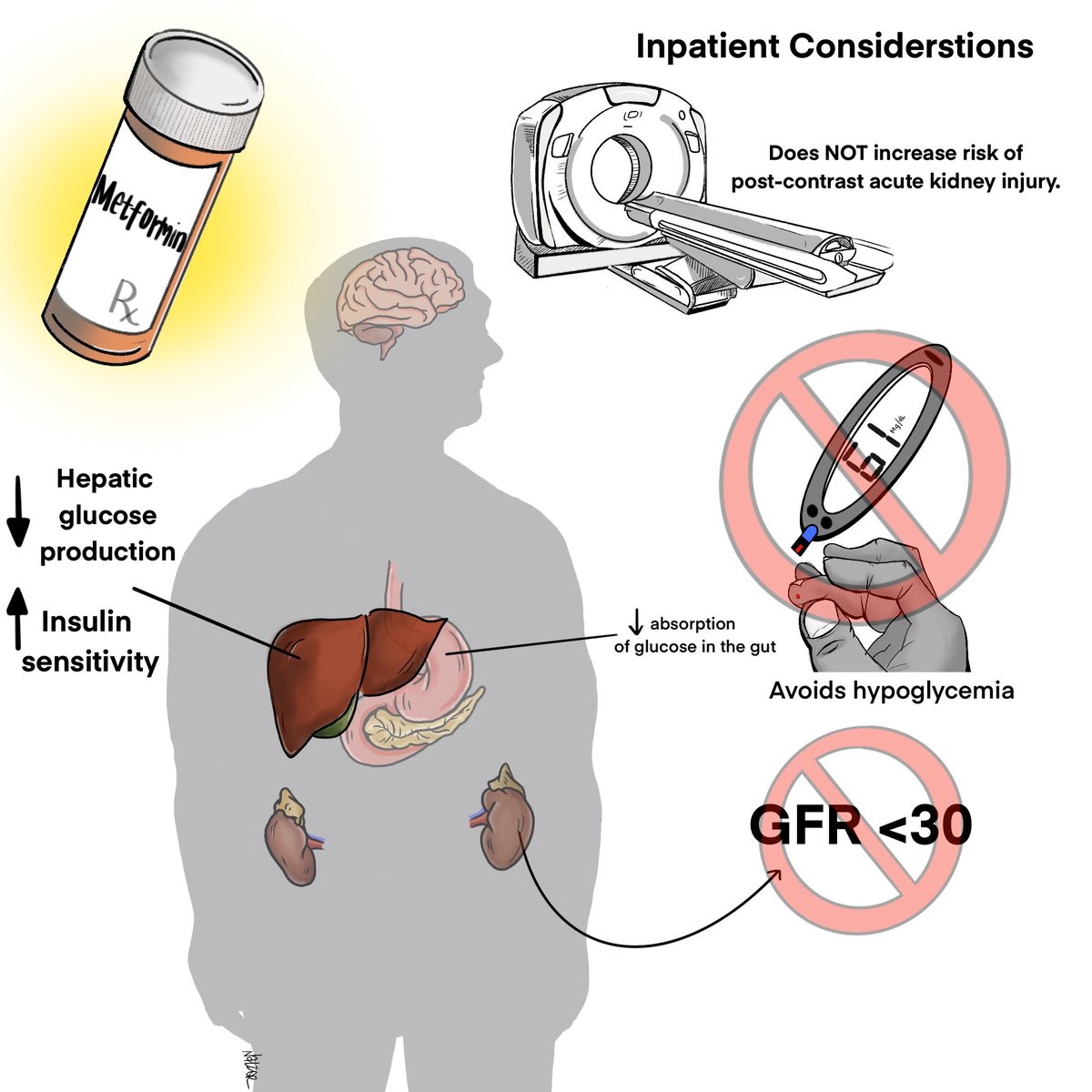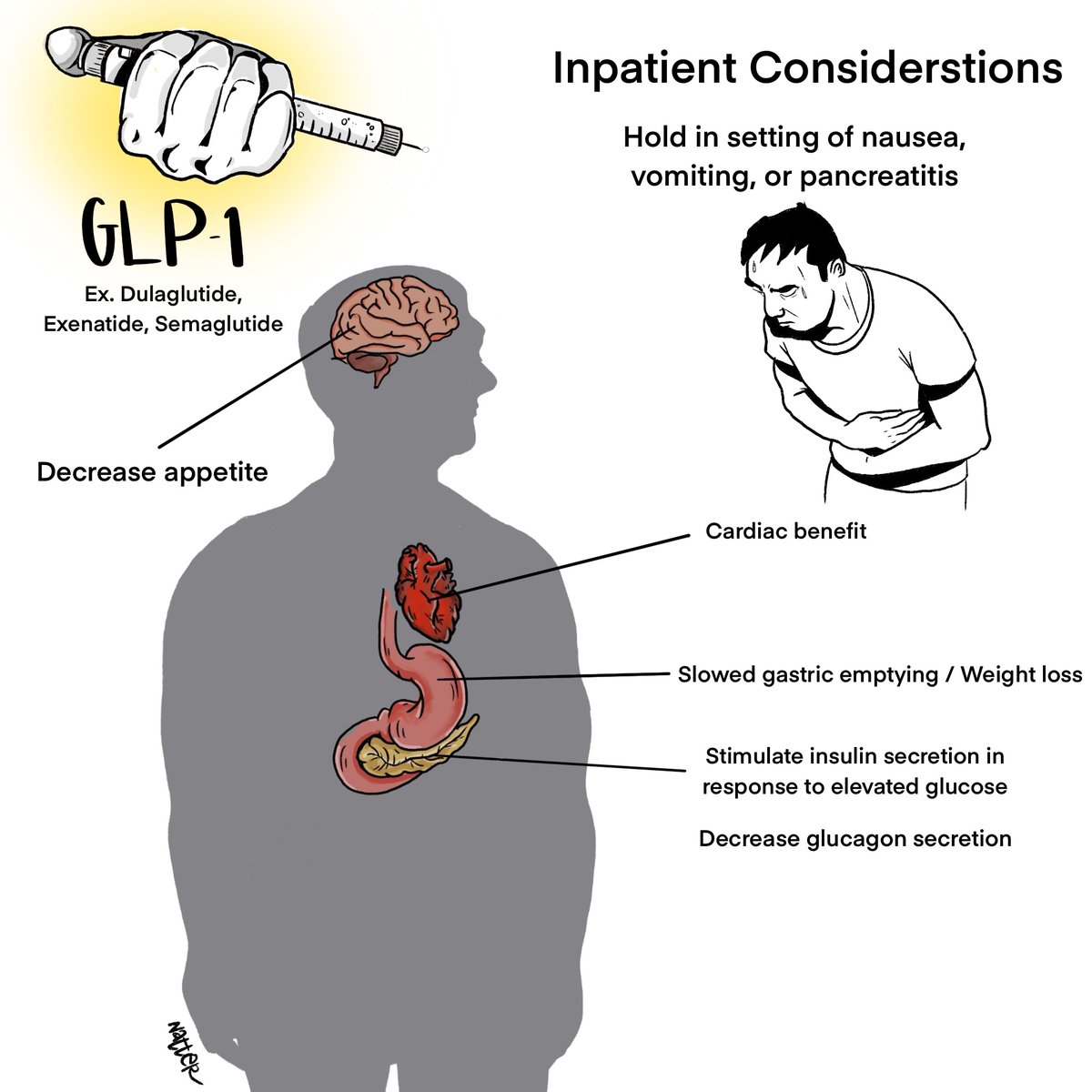
1/ 🚨New Episode! 🚨
What is an “appropriate” Hgb bump?
Why do we usually say 1g/dL for 1 pRBC?
iTunes: bit.ly/coreimpodcast
Show Notes: bit.ly/3eUgyGw
First, let’s figure out how many grams of hemoglobin are donated?
What is an “appropriate” Hgb bump?
Why do we usually say 1g/dL for 1 pRBC?
iTunes: bit.ly/coreimpodcast
Show Notes: bit.ly/3eUgyGw
First, let’s figure out how many grams of hemoglobin are donated?

2/ What is the patient’s PRE-transfusion #intravascular volume?
Usually 6.5% of body weight for women 👩
Usually 7.5% of body weight for men👨
Usually 6.5% of body weight for women 👩
Usually 7.5% of body weight for men👨

4/ What rise in hemoglobin can be expected after transfusion?
It's all division here to get the g per dL bump you expect and viola!
It works out nicely for a 13g/dL donor Hgb to a 70Kg male recipient !
It's all division here to get the g per dL bump you expect and viola!
It works out nicely for a 13g/dL donor Hgb to a 70Kg male recipient !

5/ While the 1g/dL bump for 1 unit pRBC is a good rule of thumb, there are other factors that can affect hgb response to transfusion! 

6/ Let’s apply two different scenarios with different:
(1) amount of g/dL of donor and
(2) body weight of the recipient
Takeaway: 1 unit pRBC can increase hgB response anywhere from 0.6g/dL to ~1.6g/dL!
(1) amount of g/dL of donor and
(2) body weight of the recipient
Takeaway: 1 unit pRBC can increase hgB response anywhere from 0.6g/dL to ~1.6g/dL!

7/ Thanks for following along, #MedTwitter!
And a huge thank you to our team:
Hosts: @FreedoBaggins, @ShreyaTrivediMD
Peer Review: Bentley Rodrigue, MD
Graphic: @Preeyal_P
Audio Editor: @onlysolon
And a huge thank you to our team:
Hosts: @FreedoBaggins, @ShreyaTrivediMD
Peer Review: Bentley Rodrigue, MD
Graphic: @Preeyal_P
Audio Editor: @onlysolon
• • •
Missing some Tweet in this thread? You can try to
force a refresh





















